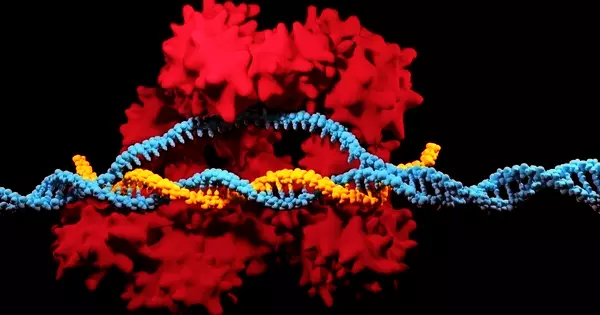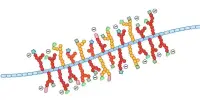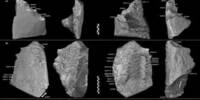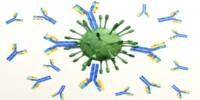DNA repair refers to the processes by which a cell detects and repairs damage to the DNA molecules that encode its genome. Normal metabolic activities, as well as environmental factors such as radiation, can cause DNA damage in human cells, resulting in tens of thousands of individual molecular lesions per cell per day. Many of these lesions cause structural damage to the DNA molecule, affecting or eliminating the cell’s ability to transcribe the gene encoded by the affected DNA.
According to international researchers, the monumental global task of restoring degraded ecosystems will require sophisticated technologies such as environmental DNA monitoring to understand and support the recovery of complex biospheres. According to one of the researchers, genomics provides some important ‘weapons’ in the fight to repair ecosystems, ranging from authenticating seed sources to improving detection of invasive weeds or animals.
According to international researchers, the monumental global task of restoring degraded ecosystems will require sophisticated technologies such as environmental DNA monitoring to understand and support the recovery of complex biospheres.
Genomics can tell us where we should be getting our seed from, which will have a better chance of surviving climate change impacts like more frequent and more intense heat waves. As well, genomics is really the only way to track the return of soil microbes that support the rest of life on earth – the plants and animals.
Dr. Martin Breed
According to lead researcher Dr. Martin Breed of Flinders University, genomics provides some important ‘weapons’ in the fight to repair ecosystems, ranging from authenticating seed sources to improving detection of invasive weeds or animals.
Researchers from Australia and the United States have created a road map for restoration ecologists to better use genomics to address critical aspects of reviving degraded ecosystems. “Genomics provides critical support for reversing ecosystem decline, but it is frequently a missing tool in the restoration ecologist toolbox,” researchers write in a new article published in Philosophical Transactions of the Royal Society B.
“It can help improve seed sourcing practices for revegetation under climate change,” says Dr Breed. “Genomics can tell us where we should be getting our seed from, which will have a better chance of surviving climate change impacts like more frequent and more intense heat waves. As well, genomics is really the only way to track the return of soil microbes that support the rest of life on earth — the plants and animals. Plus, genomics can be used to screen for whether threatened species or undesirable species like invasive plants and animals are coming back after restoration efforts.”
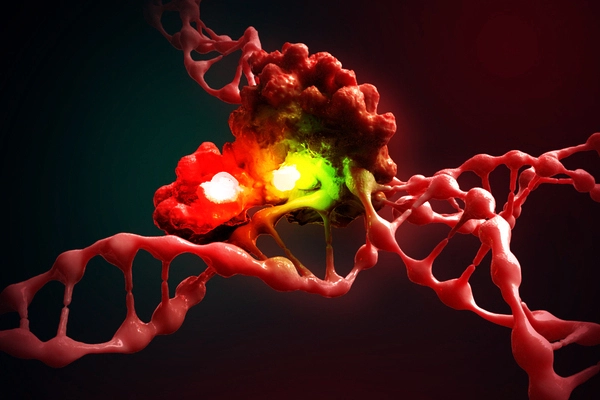
DNA damage occurs at a rate of 10,000 to 1,000,000 molecular lesions per cell per day as a result of environmental factors and normal metabolic processes within the cell. While this accounts for only 0.000165 percent of the human genome’s approximately 6 billion bases, unrepaired lesions in critical genes (such as tumor suppressor genes) can impair a cell’s ability to function, increasing the likelihood of tumor formation and contributing to tumor heterogeneity.
Both prokaryotic and eukaryotic organisms have DNA repair processes, and many of the proteins involved have been highly conserved throughout evolution. Cells, in fact, have evolved a number of mechanisms to detect and repair the various types of DNA damage that can occur, whether caused by the environment or by replication errors.
Greater use of genomics has the clear potential to improve the massive task ahead, especially in light of the UN Decade on Ecosystem Restoration declaration, which backs the Bonn Challenge to restore 350 million hectares of degraded ecosystems by 2030.
The roadmap for restoration ecologists to add genomics to their toolbox includes the need for improved communication across the restoration and genomics sector. The strategy calls for:
- LEVERAGING communication across various restoration specialities,
- ADOPTION of genomics in the sector beyond the early adopters through better awareness of genomics across the restoration sector,
- IMPROVING access to the complementary skills required for genomics, such as bioinformatics and computing science, and
- FOSTERING interdisciplinary collaborations.
Ensuring funding for research and development of ancillary elements such as bioinformatics and computing infrastructure will support this innovative approach to ecosystem restoration.
